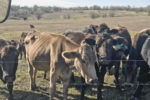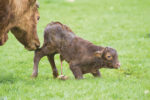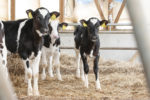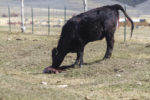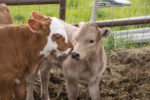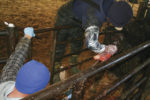Articles Tagged with ''dystocia''
Stress effects on the cow herd
Stress can come at your cattle in myriad forms, from the environment to handling events. While some stress is unavoidable, identifying ways to reduce it will pay dividends in your herd’s health and profitability.
Read More
What to record at calving time
Several data points, from birthweight to udder score, can not only determine the success of this calving season but can inform management decisions looking forward.
Read More
Completion rate and herd longevity: Making informed decisions on culling heifer calves
Raising every heifer might sound like a good idea, but it can cost more in the long run. Culling problematic and potentially problematic calves early in life is a key component to a profitable, sustainable dairy.
Read More
The importance of bovine obstetric training – Part 2
Provide support in the calving pen and maternity area by defining expected communication, newborn calf care and recordkeeping.
Read More
The importance of bovine obstetric training – Part 1
Provide support in the calving pen and maternity area by identifying stages of labor, timing intervention, and calving hygiene, along with assessing presentation, position and posture.
Read More
Retained placenta causes and treatments
The placenta should shed on its own, but in some instances, nutritional deficiencies or a difficult calving can keep the placenta retained. In this case, producers should monitor the cow for infection and avoid manual and antibiotic treatments.
Read More
3 tips to keep in mind this calving season
Make calving season more successful by ensuring adequate colostrum, preventing cold stress and having a calving kit at the ready.
Read More
Be prepared to assist during calving: Part 2
A veterinarian offers six best practices for safely pulling a calf.
Read More
